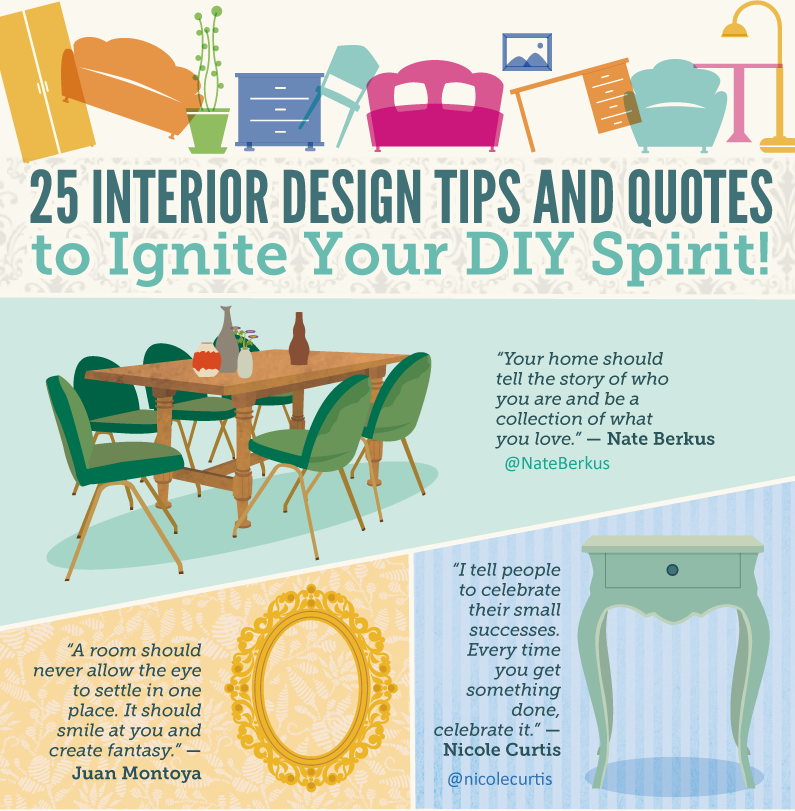A Step-By-Step Guide To Mending Vintage Cabinets
A Step-By-Step Guide To Mending Vintage Cabinets
Blog Article
Authored By-Snider Crockett
To begin the journey of bring back antique closets, you need a keen eye for detail. Picture discovering surprise secrets within each layer of history embedded in the wood. Picture the complete satisfaction of reviving a once-forgotten item to its previous magnificence. Every action of this careful process holds the vital to protecting the past while developing a future heirloom. So, are you ready to start this transformative venture and unlock the potential of your antique cabinets?
Evaluating the Cabinet's Problem
When starting the remediation procedure, start by analyzing the problem of the antique cabinet. Thoroughly check out the overall structure for any type of indicators of damage such as cracks, chips, or loosened joints. Inspect the wood for any type of rot, bending, or insect infestation that might have occurred with time. It's vital to figure out the level of the repair needed prior to proceeding further.
Next off, examine the closet's equipment such as joints, knobs, and locks. Make note of any kind of missing items or parts that need repair work or substitute. Make sure that all hardware is working properly and securely connected to the cupboard.
In addition, examine the cabinet's finish. Search for any kind of scrapes, stains, or discoloration that might affect the aesthetic appeal. Establish if the coating needs to be stripped and reapplied or if a straightforward touch-up will certainly be enough.
Gathering the Required Tools and Products
After analyzing the condition of the antique cabinet, the next step is to collect the needed tools and products for the remediation procedure. Before you begin, ensure you have the complying with things available:
- timber cleaner
- sandpaper in different grits
- timber filler
- paint or wood discolor
- brushes
- handwear covers
- security goggles
- a dust mask
- a ground cloth
- a putty blade
- a hammer
- a screwdriver
- a vacuum cleaner
These devices and products are vital for a successful repair.
Wood cleaner is critical for eliminating years of dust and grime buildup, preparing the surface area for sanding. Sandpaper of various grits helps in raveling imperfections and preparing the wood for a brand-new surface. Wood filler is handy for fixing any splits, openings, or dents present in the cupboard.
Repaint or wood discolor, along with brushes, allow you to personalize the cupboard to your choice. Keep in mind to use gloves, safety and security goggles, and a dust mask for security. Lay down a drop cloth to shield your workspace, and utilize a vacuum to clean up any type of particles.
With these devices and materials collected, you're ready to start the reconstruction process.
Executing the Remediation Process
To effectively implement the reconstruction process on your antique cabinet, begin by completely cleaning the surface area with the wood cleaner. This step is essential as it assists remove years of dust, grime, and old polish that might have gathered on the surface.
Once the cupboard is clean and completely dry, assess the condition of the wood. Try to find click web page , scratches, or other damages that need to be addressed. Usage timber filler to fix any kind of flaws, seeing to it to match the filler color to the timber tone for a seamless surface.
After the repair work have dried, carefully sand the whole surface to create a smooth and also base for the brand-new surface. Beware not to sand too aggressively, as you don't intend to damage the timber beneath.
Once the sanding is full, use a timber discolor or finish of your option, complying with the maker's guidelines. Enable fabulous kitchen to dry totally before applying a safety leading layer to make sure the durability of your restored antique cabinet.
Conclusion
Since you have actually completed the reconstruction procedure, your antique cupboard looks comparable to brand-new.
By complying with the detailed guide, you had the ability to examine, fix, and boost its condition with ease.
With a fresh coating and protective top coat, your valued piece will continue to beam for several years to come.
Enjoy the beauty of your restored antique cabinet!
